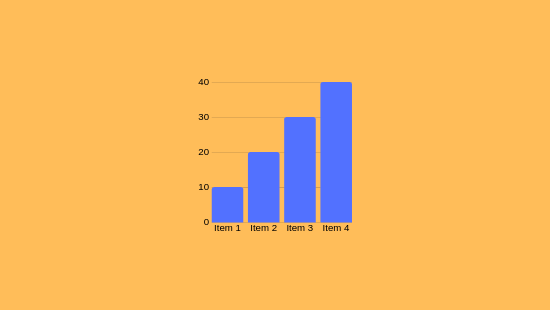Understanding the Functionality of Forex Indicators
Understanding the Functionality of Forex Indicators
Blog Article

As you delve into forex measurements, you'll discover they are computational techniques analyzing price and volume data to forecast market movements. These indicators assist in identifying market patterns, validating signals, and uncovering overbought or oversold situations. For instance, the Relative Strength Index (RSI) tracks market force, while Bollinger indicators assess volatility. Refining your trading strategy by combining these metrics is crucial, especially if aiming to manage risk effectively.
Grasping the Core of Forex Indicators
Forex measurement tools are mathematical aids embedded in charts to assist traders in scrutinizing market dynamics and making informed decisions. They offer insights into price changes and potential trading opportunities by examining past and present market figures.
Forex indicators are divided into four main types: trend indicators (e.g., Moving Averages), momentum indicators (e.g., Relative Strength Index), volatility indicators (e.g., Bollinger Bands), and volume indicators.
These tools can indicate market turns, validate ongoing patterns, or highlight overbought/oversold climates. If you're looking to enhance your methodologies, grasping their roles is fundamental.
Types of Forex Indicators
When assessing market trends, traders usually employ a selection of measures to aid in decision-making.
Forex indicators can be grouped into different types, each serving specific purposes.
Trend Indicators like Moving Averages (MA) and Bollinger Bands assist in detecting trends and possible price surges.
Momentum Indicators, including the Moving Average Convergence/Divergence (MACD) and Relative Strength Index (RSI), identify momentum changes and highlight overbought or oversold conditions.
Volatility Indicators like the Average True Range (ATR) quantify market variability, helping traders in setting stop-loss thresholds.
When applied wisely, these tools can enhance trade outcomes.
Essential Instruments for Trading Choices
To executive insightful investment choices, understanding and applying key measures that analyze market conditions is imperative.
Price Movements (MA) display average prices over specific periods, unveiling tendencies by evening out variations.
The Relative Strength Index measures momentum on a 0–100 scale, indicating excess buy above 70 and highlighting excessive sell below 30.
Moving Average Convergence Divergence analyzes two EMAs to confirm the trend direction, with graphical representations displaying positive or negative trajectories.
Bollinger Bands apply standard deviations around a moving average to assess fluctuation and potential reversals.
Retracement intervals denote support/resistance zones considering historical shifts.
Combining these measures boosts accuracy by verifying signals if congruent, facilitating precise timing for currency matchups.
Using Indicators for Risk Management
As you refine your trading strategy, effectively utilizing measurement tools for risk management is crucial. Tools like Moving Averages and Bollinger Bands notice volatility and spot viable trade junctures for risk oversight.
These tools allow for exact stop-loss orders and limit orders, which are key for modulating potential losses.
For example, using trade protections restricts your loss to a certain amount, such as 2% of your trading portfolio per trade. This measured strategy aids in managing forex risks by curtailing exposure to fluctuations and leverage, which are significant challenges in forex trading.
Combining Indicators for Enhanced Accuracy
Merging measurement tools is a accomplished tactic for boosting precision in forex trading. This method enables for the leveraging of multiple tools to examine several facets of market behavior, including trends, drive, and volatility.
By utilizing indicators like Moving Averages, RSI, and MACD, you can formulate formidable trading strategies. Instance given, combining Moving Averages with RSI and Volume confirms trends and drive, while Bollinger Bands with Stochastic assess fluctuation and anticipate reversals.
If diverse measurement tools work together, redundancies are reduced, and investment prompts are uplifted.
Conclusion
You've understood how forex indicators operate, covering their diversities like trend, momentum, and volatility tools. These elements assist in spotting potential reversals and confirming trend continuity. Through combining tools, trading precision is boosted, and risk management is conducted more adeptly. As an example, using the Relative Strength Index (RSI) to spot overbought visit site conditions and Bollinger Bands to analyze fluctuation can refine your trade choices. Report this page